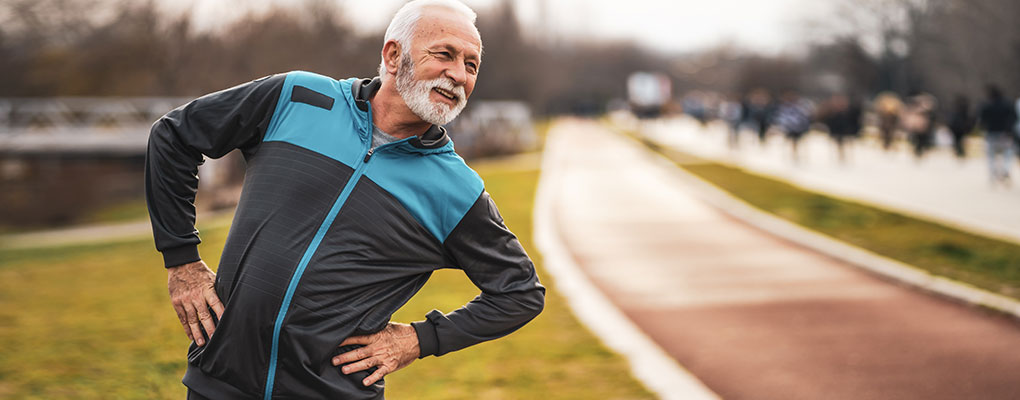
Most of us have experienced post-workout soreness at some point following a workout. Usually experienced the next day, it can last up to 72 hours with varying degrees of pain. Whether minor pain getting in and out of a chair, or that agonising burn when laughing after a good ab workout, this is commonly referred to as DOMS – Delayed Onset Muscle Soreness.
It is all part of the normal inflammatory process in response to the stress put into the muscle fibres during an intense or unfamiliar workout. During such a workout, the muscle fibres are undergoing varying amounts of stress with each contraction which result in microscopic tears, or micro-tears. It is essentially muscle damage that needs to heal. This healing process involves chemicals and immune cells which are designed to repair these damaged muscle fibres. Unfortunately, some of these chemicals produced during this inflammatory process cause the pain experienced during exercise recovery. Of course, this inflammatory response takes time, hence its delayed effect and recovery time.
You will be pleased to know that DOMS can actually be a good thing. During this healing process, the body is actually repairing the muscle fibres stronger, which helps to build strength and endurance. We do however need to take precautions when continuing on with our exercise programs so we don’t end up with a macro-tear, or injury.
Assess the pain – Before you begin exercising again, take note of any pain you are experiencing. If anywhere on your body is uncharacteristically intense or localised, there’s a chance this is a bit more than just a micro-tear. If this pain persists, seek professional care and advice.
Ease back into exercise – Listen to your body, if it hurts too much, ease up with that exercise and slowly build back to where you were as you recover.
Food and water – Tissue repair requires energy and nutrients for it to work effectively. Protein is particularly important to supply the amino acids required for rebuilding and can speed recovery.
Avoid or limit anti-inflammatories and antioxidant supplements – Although they can reduce pain, these can dampen the inflammatory process and slow down repair.
Training – Each time you exercise, the amount of muscle damage is reduced as you are getting stronger and fitter. So, one of the best ways to avoid DOMS is to get out there and do it again as your muscles are recovering, and don’t quit!
Keep these strategies in mind next time you plan to do a workout whilst feeling particularly sore and let your LifeShape Exercise Physiologist know if you are unsure or you’d like any help adjusting your workout to accommodate for any post-exercise soreness.
Tap to call us at 1800 567 348
Fill in your details below and our team will be in contact shortly to answer your questions and get you started.
"*" indicates required fields